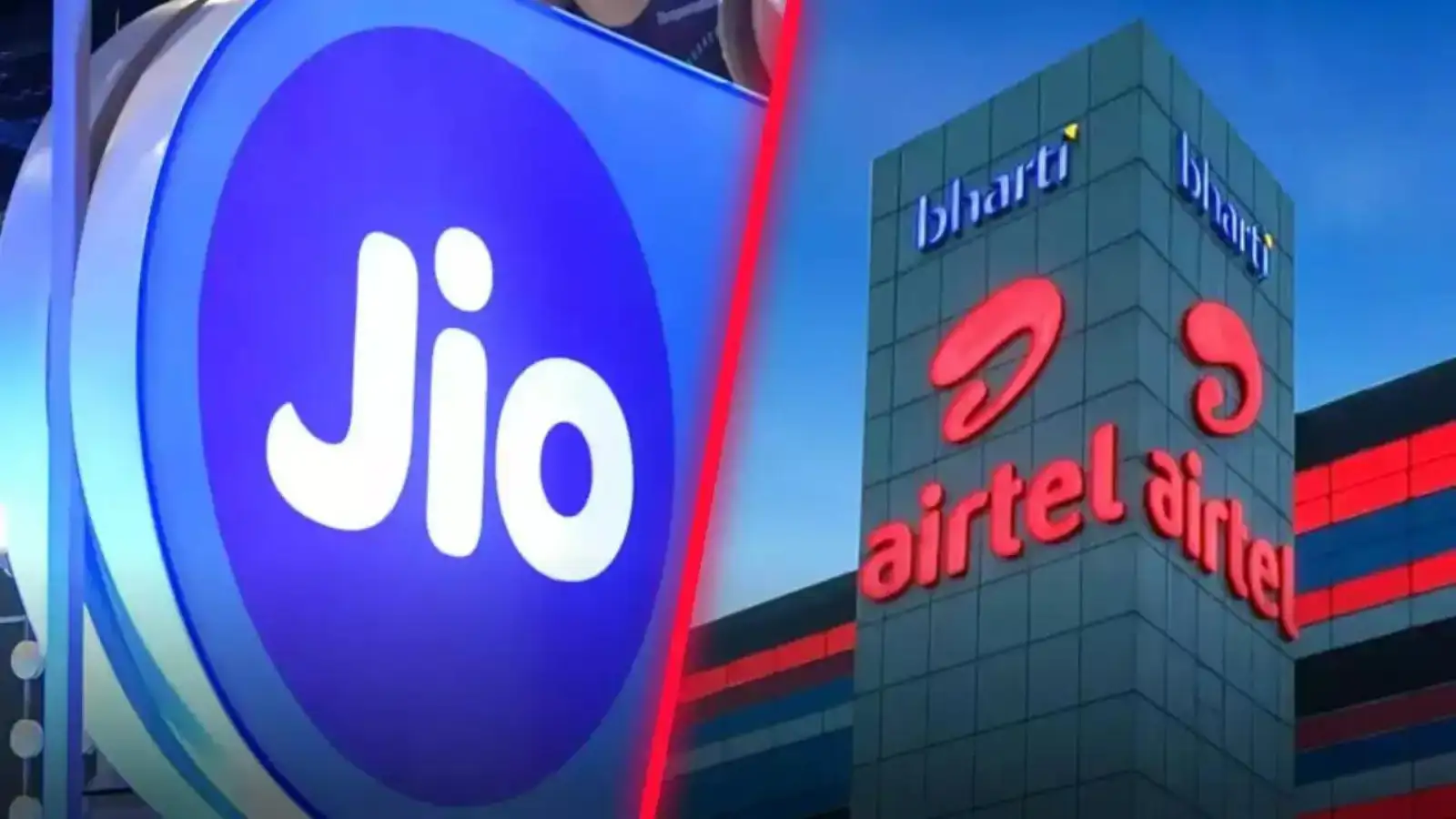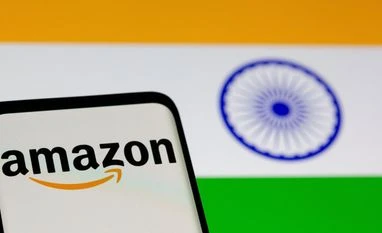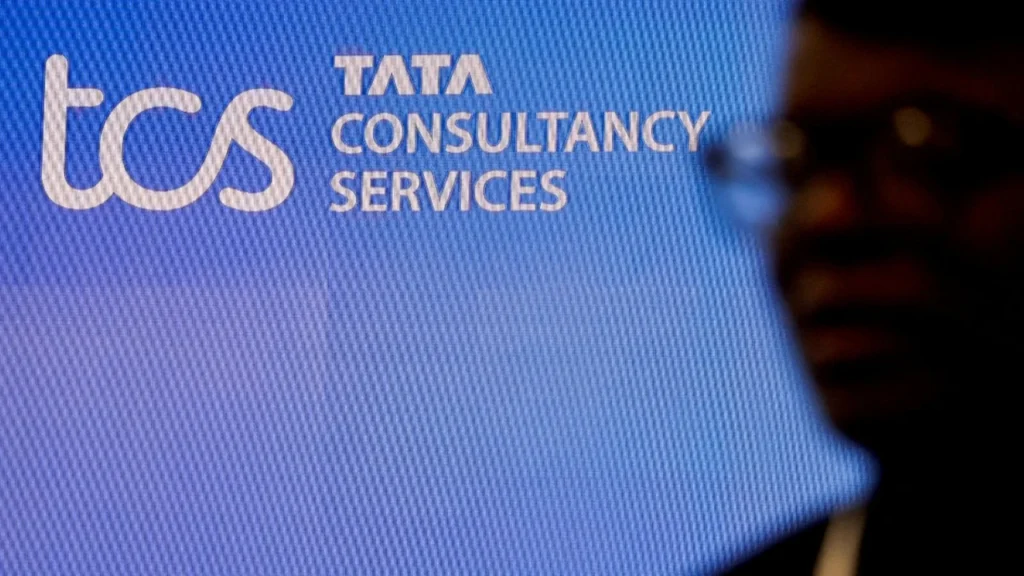Now Reading: Jio and Airtel’s 6G Trials Begin in Select Cities: How Will It Impact Smaller Markets?
-
01
Jio and Airtel’s 6G Trials Begin in Select Cities: How Will It Impact Smaller Markets?
Jio and Airtel’s 6G Trials Begin in Select Cities: How Will It Impact Smaller Markets?

India’s telecom giants Jio and Airtel have kicked off their 6G technology trials in select cities, marking the beginning of a new era in digital connectivity. While these advancements promise faster internet and smarter applications, questions remain about how quickly and effectively smaller markets and Tier-2 cities will benefit from this next-generation technology.
What Are the 6G Trials About?
The 6G trials focus on testing ultra-high-speed wireless communication, potentially offering speeds up to 100 times faster than current 5G networks. These trials aim to refine technologies like artificial intelligence integration, real-time data processing, and enhanced connectivity for smart devices.
Currently, trials are limited to metro and larger urban centers, helping telecom companies assess infrastructure needs and technological challenges.
Potential Benefits for Smaller Markets
For Tier-2 and smaller cities, 6G could revolutionize internet access, enabling better digital services in education, healthcare, and local businesses. Faster and more reliable networks may encourage startups and remote working, boosting local economies.
Improved connectivity could also help bridge the digital divide, fostering greater inclusion for rural populations who have long faced connectivity challenges.
Challenges Ahead
Despite the promise, several hurdles remain before 6G benefits reach smaller markets. Infrastructure development in Tier-2 cities can be slow due to cost and logistical issues.
Affordability and digital literacy also play a key role—without accessible devices and user awareness, the technology might not have the desired impact immediately.
The Road to Nationwide 6G
Experts suggest a phased rollout, where initial urban deployment is followed by gradual expansion into smaller towns and rural areas. Collaboration between government, telecom providers, and local stakeholders will be critical to ensure 6G’s benefits are widespread and equitable.
Policy support for infrastructure investment and affordable data plans will be essential for success.
Conclusion: A Promising Start with Challenges to Overcome
Jio and Airtel’s 6G trials signal a promising future for India’s digital landscape. However, for smaller markets and Tier-2 cities, realizing these benefits will require sustained efforts in infrastructure, affordability, and education. The trials are a step forward, but true impact will depend on how inclusively the technology is deployed across India’s diverse regions.























